Introduction
Damascus steel, a term that evokes images of ancient warriors and exquisite craftsmanship, remains a subject of both historical fascination and modern admiration. Originating in the Near East, with roots tracing back to ancient Syria, Damascus steel was revered for its strength, resilience, and striking patterns. This blog delves into the intriguing world of Damascus steel, exploring its various types, the art of its creation, and the timeless designs that continue to captivate artisans and collectors alike.
Section 1: The Types of Damascus Steel
There are primarily two types of Damascus steel, each with its unique characteristics and historical significance:
1. Wootz Damascus: This ancient form of Damascus steel originated in India and was known for its distinct wavy or flowing water patterns. The technique involved smelting iron with carbon sources like wood or leaves, creating a high-carbon steel with a patterned surface. This steel was highly prized for its ability to maintain a sharp edge while being resilient to shattering.
2. Pattern-Welded Damascus: The modern incarnation of Damascus steel, pattern-welded Damascus, is made by layering different types of steel and forge-welding them together. This process, involving repeated folding and welding, results in the iconic patterns associated with Damascus steel. Though this method differs from the original Wootz Damascus, it captures the essence of its beauty and strength.
Section 2: The Art of Making Damascus Steel
The creation of Damascus steel is a blend of skill, art, and science.
• Traditional Techniques: The traditional technique of making Wootz Damascus involved a complex process of alloying, where the steel was heated and cooled over several days, allowing for the formation of microstructures within the steel that contributed to its patterns and resilience.
• Modern Methods: Today’s pattern-welded Damascus is created by stacking layers of different steel types and forge-welding them under intense heat. The metal is then folded and welded multiple times, creating layers that form the distinctive patterns. Modern blacksmiths often experiment with various metals and folding techniques to create unique and intricate designs.
Section 3: Designs and Applications
The aesthetic appeal of Damascus steel lies in its mesmerizing patterns, which include designs like the “water,” “ladder,” and “raindrop” patterns. Each pattern is unique to the craftsman’s technique and choice of materials.
Beyond its beauty, Damascus steel is renowned for its functionality. Historically used in swords and knives, it provided a combination of a razor-sharp edge and flexibility, making it formidable in battle. Today, Damascus steel is popular in high-quality knives, swords, and even in jewelry, where its patterns are not just decorative but add to the item’s strength and value.
Conclusion
From ancient battlefields to modern artisan workshops, the allure of Damascus steel endures. Its blend of artistic beauty and scientific innovation continues to captivate enthusiasts and craftsmen around the world. The legacy of Damascus steel, a testament to the ingenuity of past civilizations, lives on in each handcrafted piece, a fusion of history and artistry.
Damascus steel, a term that evokes images of ancient warriors and exquisite craftsmanship, remains a subject of both historical fascination and modern admiration. Originating in the Near East, with roots tracing back to ancient Syria, Damascus steel was revered for its strength, resilience, and striking patterns. This blog delves into the intriguing world of Damascus steel, exploring its various types, the art of its creation, and the timeless designs that continue to captivate artisans and collectors alike.
Section 1: The Types of Damascus Steel
There are primarily two types of Damascus steel, each with its unique characteristics and historical significance:
1. Wootz Damascus: This ancient form of Damascus steel originated in India and was known for its distinct wavy or flowing water patterns. The technique involved smelting iron with carbon sources like wood or leaves, creating a high-carbon steel with a patterned surface. This steel was highly prized for its ability to maintain a sharp edge while being resilient to shattering.
2. Pattern-Welded Damascus: The modern incarnation of Damascus steel, pattern-welded Damascus, is made by layering different types of steel and forge-welding them together. This process, involving repeated folding and welding, results in the iconic patterns associated with Damascus steel. Though this method differs from the original Wootz Damascus, it captures the essence of its beauty and strength.
Section 2: The Art of Making Damascus Steel
The creation of Damascus steel is a blend of skill, art, and science.
• Traditional Techniques: The traditional technique of making Wootz Damascus involved a complex process of alloying, where the steel was heated and cooled over several days, allowing for the formation of microstructures within the steel that contributed to its patterns and resilience.
• Modern Methods: Today’s pattern-welded Damascus is created by stacking layers of different steel types and forge-welding them under intense heat. The metal is then folded and welded multiple times, creating layers that form the distinctive patterns. Modern blacksmiths often experiment with various metals and folding techniques to create unique and intricate designs.
Section 3: Designs and Applications
The aesthetic appeal of Damascus steel lies in its mesmerizing patterns, which include designs like the “water,” “ladder,” and “raindrop” patterns. Each pattern is unique to the craftsman’s technique and choice of materials.
Beyond its beauty, Damascus steel is renowned for its functionality. Historically used in swords and knives, it provided a combination of a razor-sharp edge and flexibility, making it formidable in battle. Today, Damascus steel is popular in high-quality knives, swords, and even in jewelry, where its patterns are not just decorative but add to the item’s strength and value.
Conclusion
From ancient battlefields to modern artisan workshops, the allure of Damascus steel endures. Its blend of artistic beauty and scientific innovation continues to captivate enthusiasts and craftsmen around the world. The legacy of Damascus steel, a testament to the ingenuity of past civilizations, lives on in each handcrafted piece, a fusion of history and artistry.






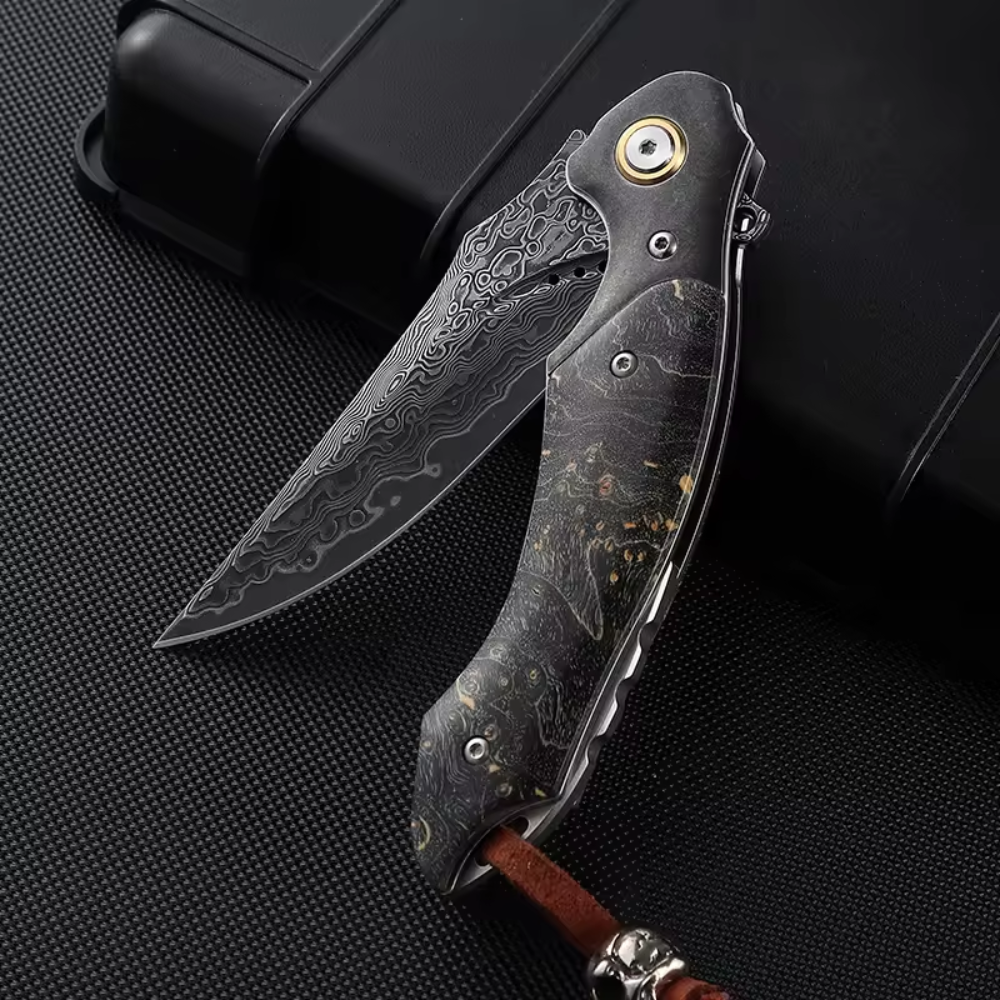

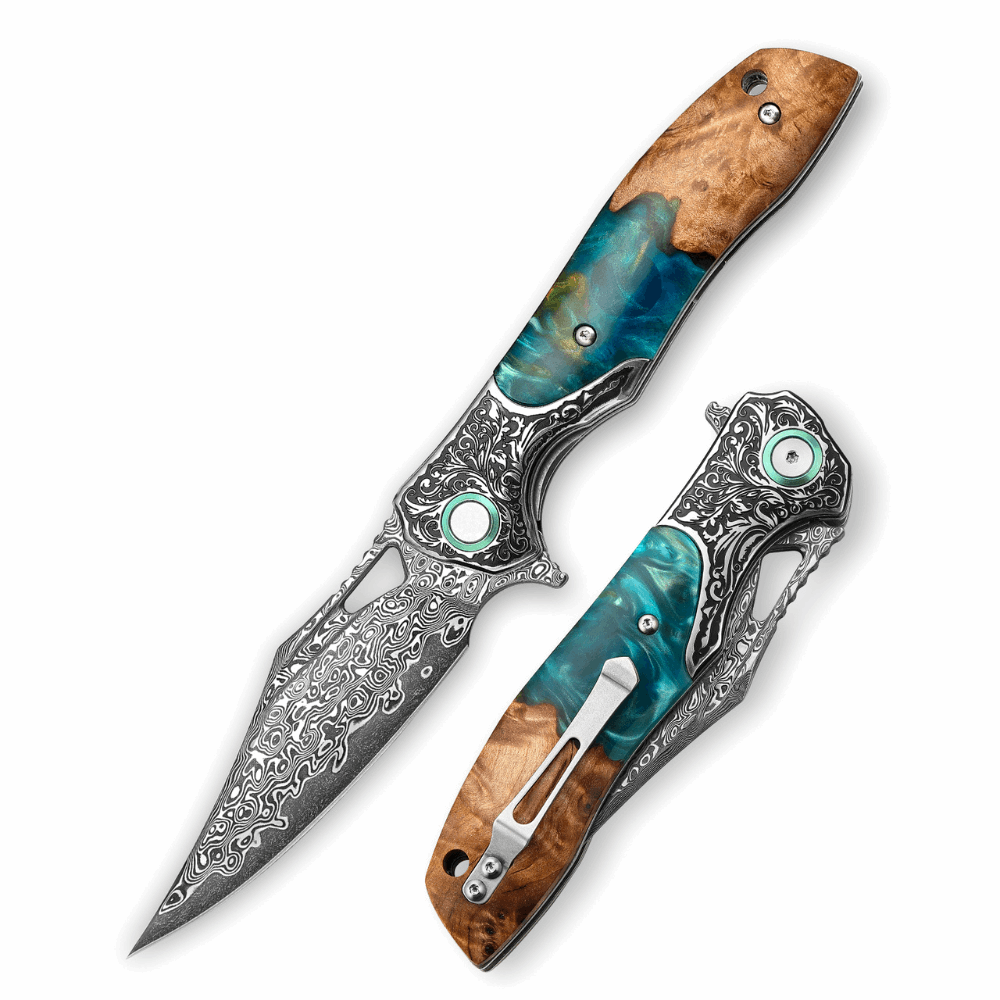
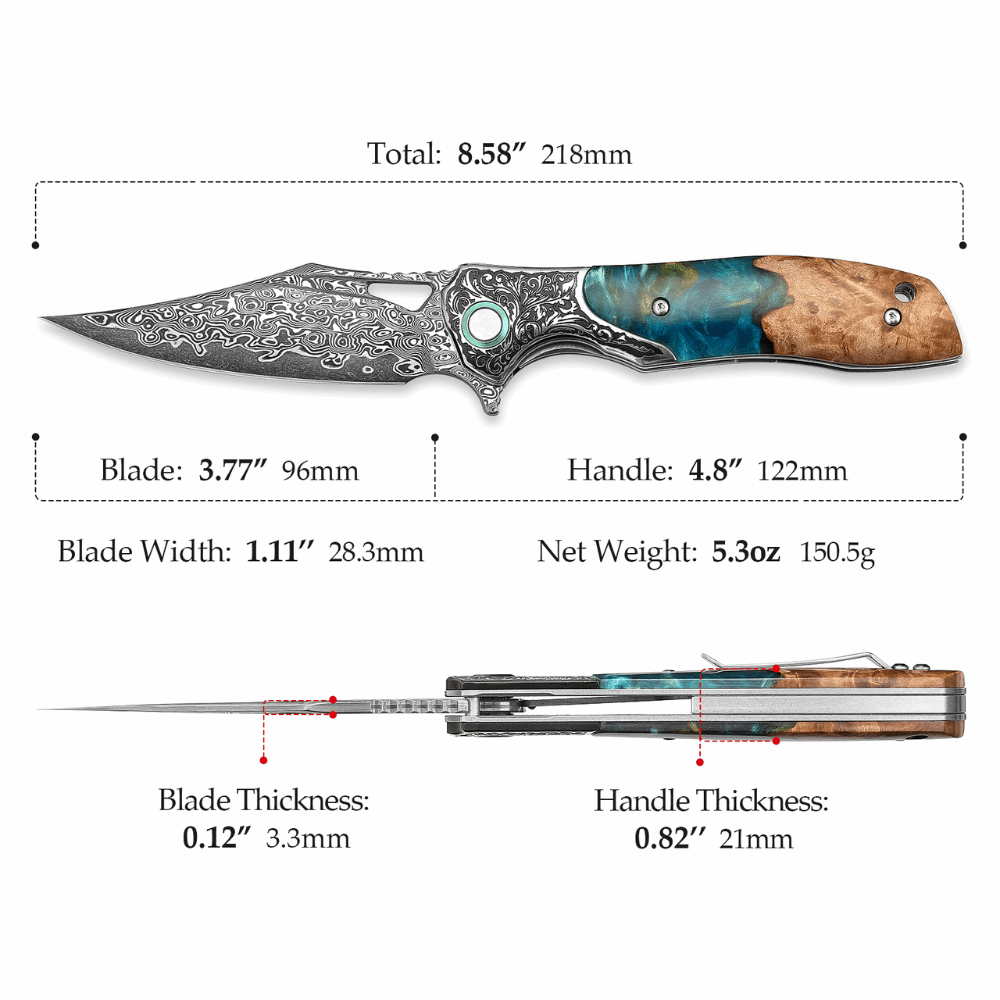





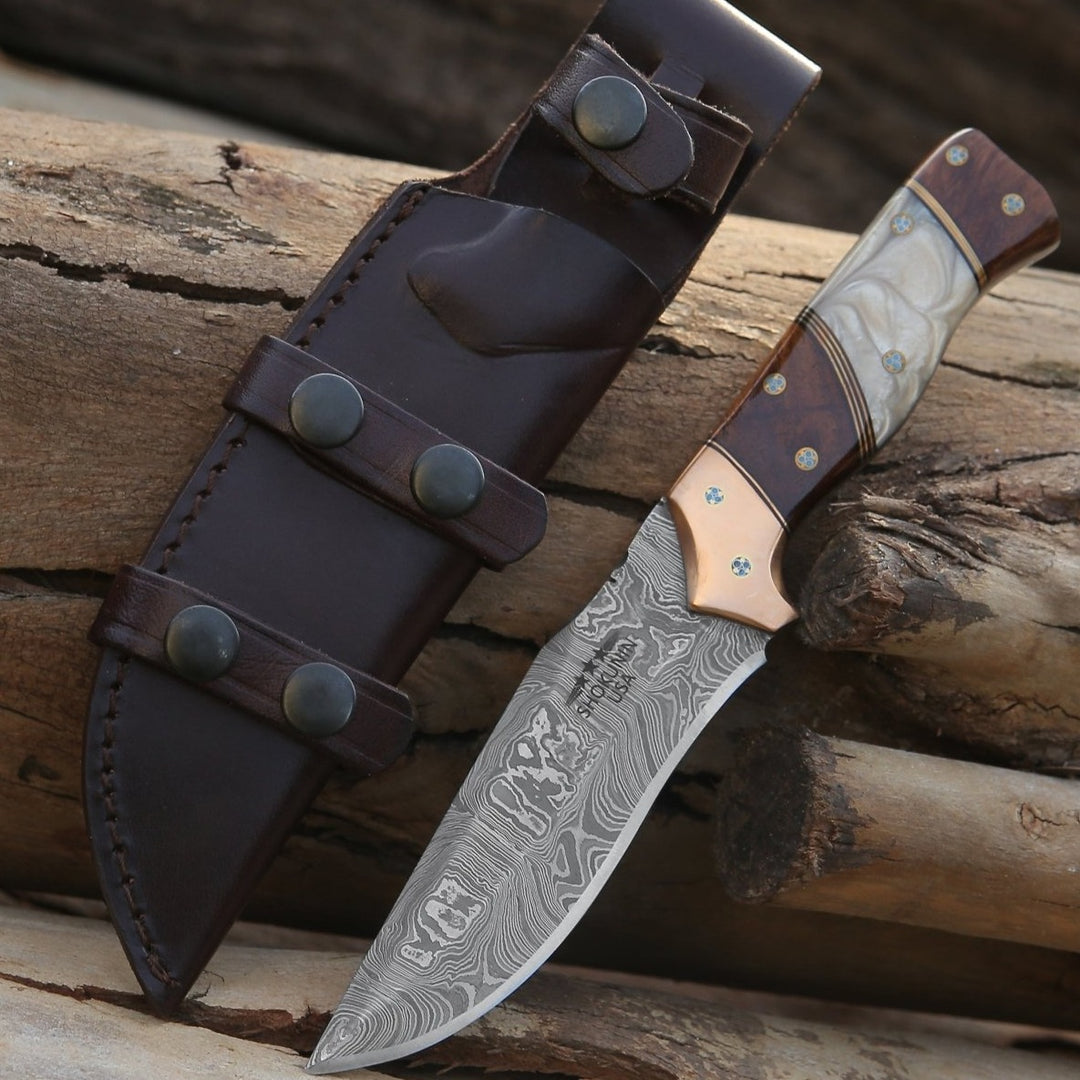
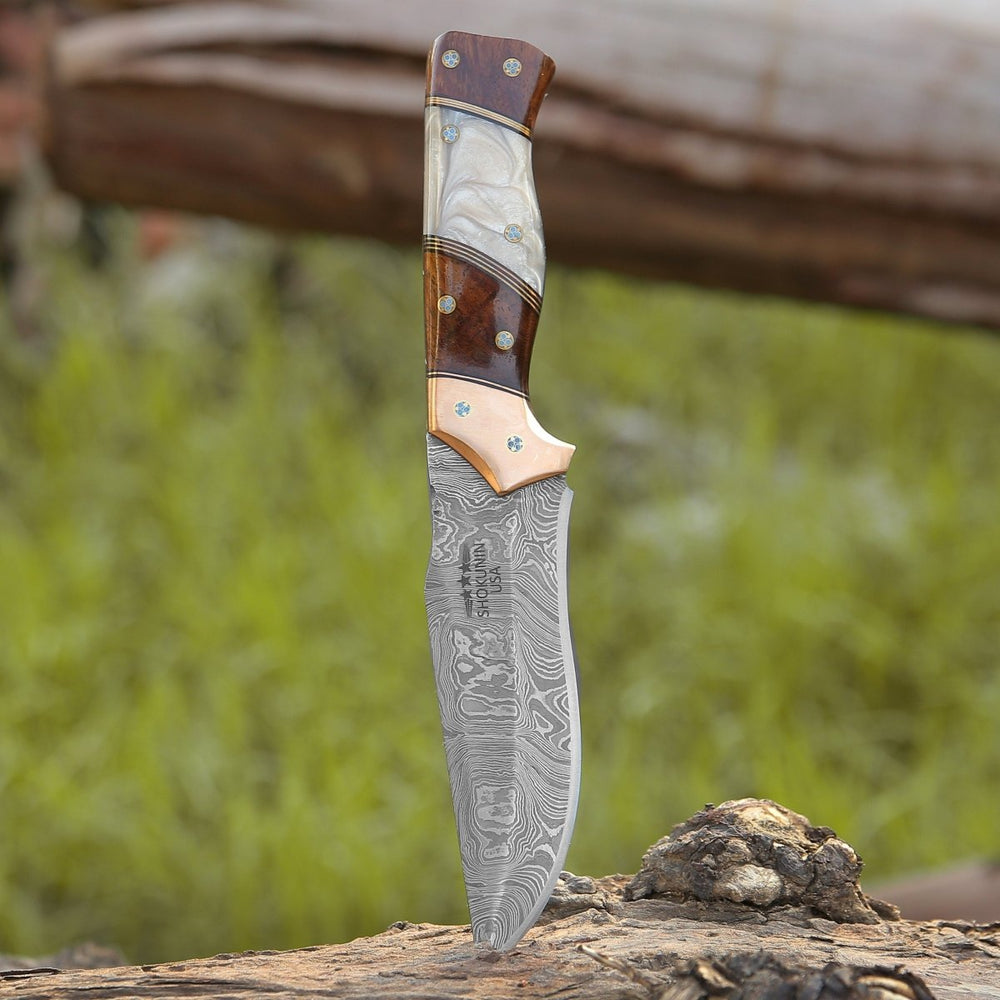

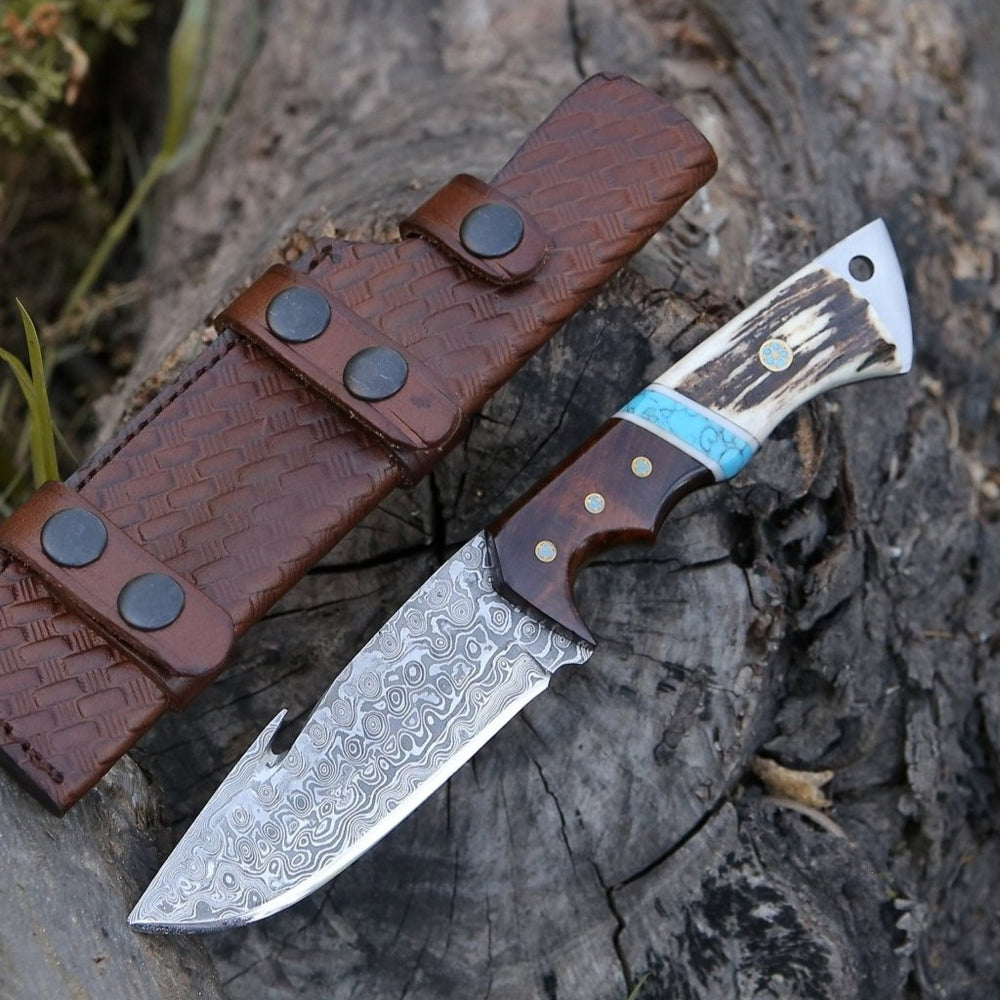

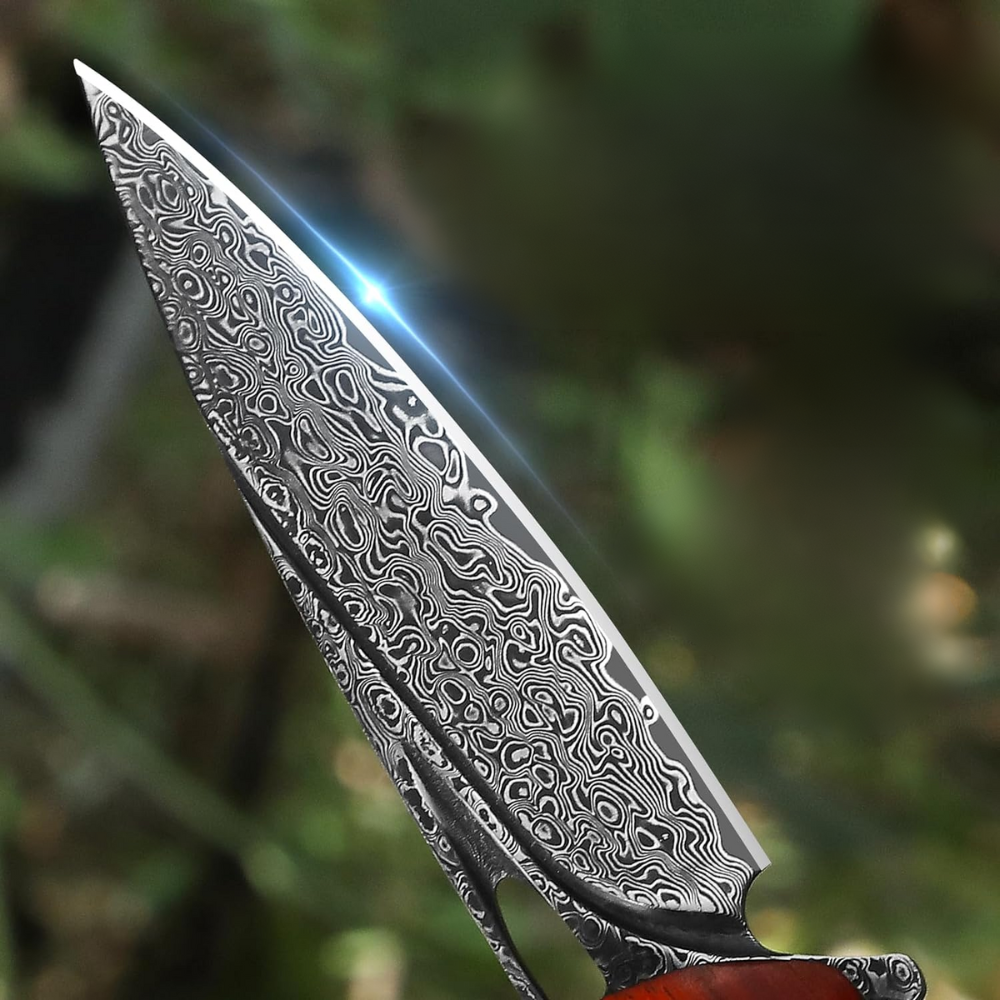



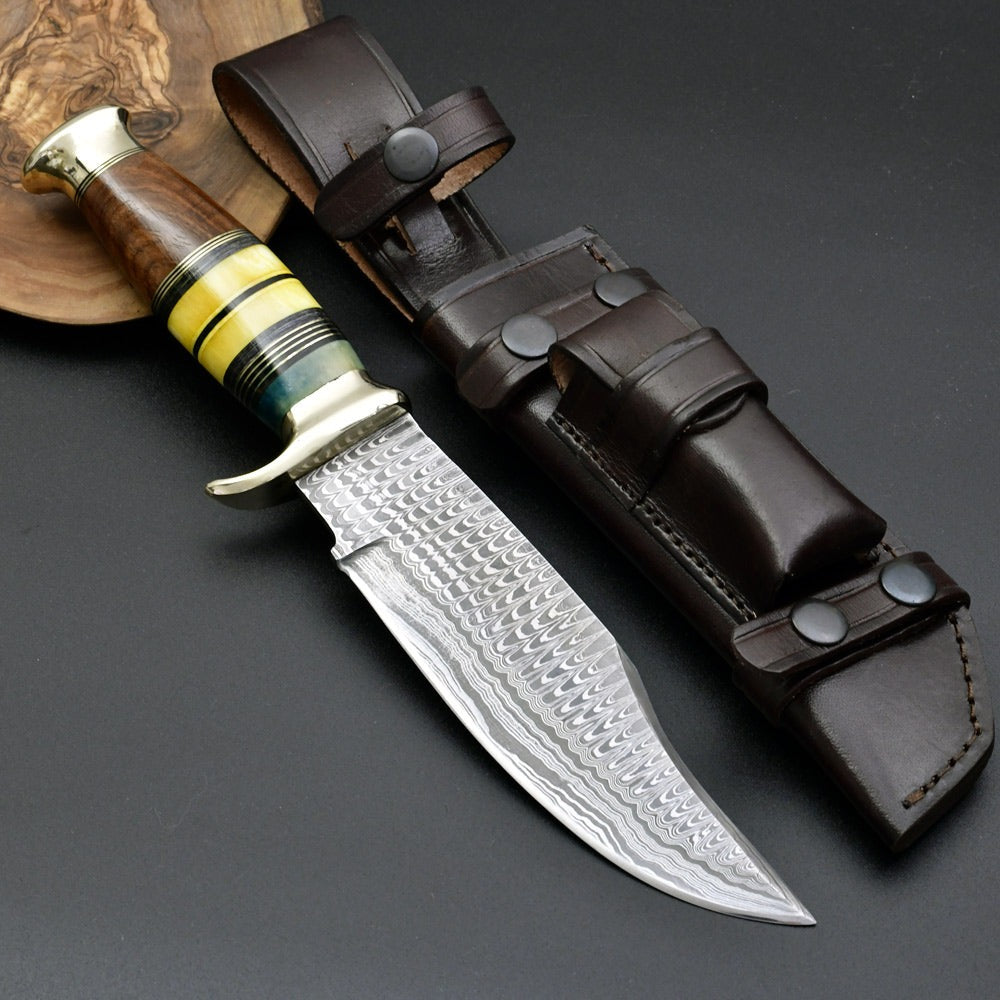



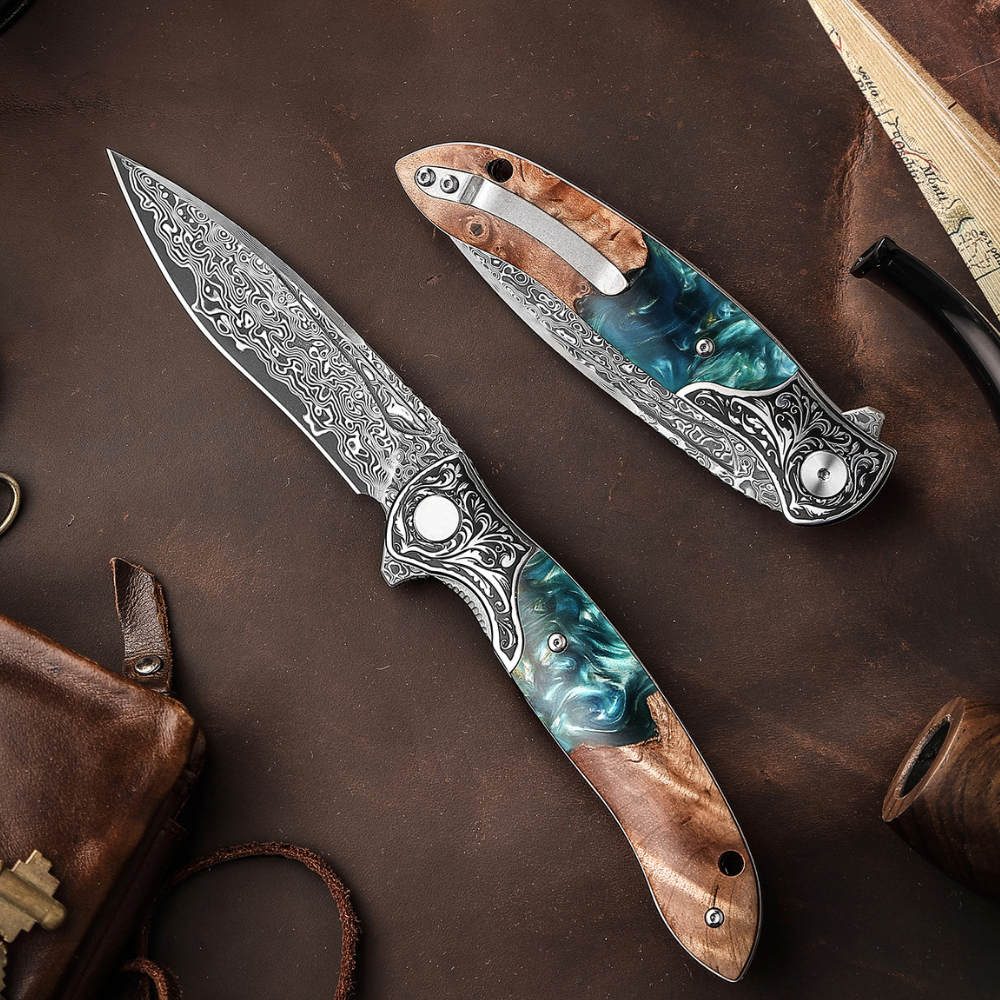
Leave a comment